Paul McCartney, Photographs 1963–64: Eyes of the Storm at the National Portrait Gallery
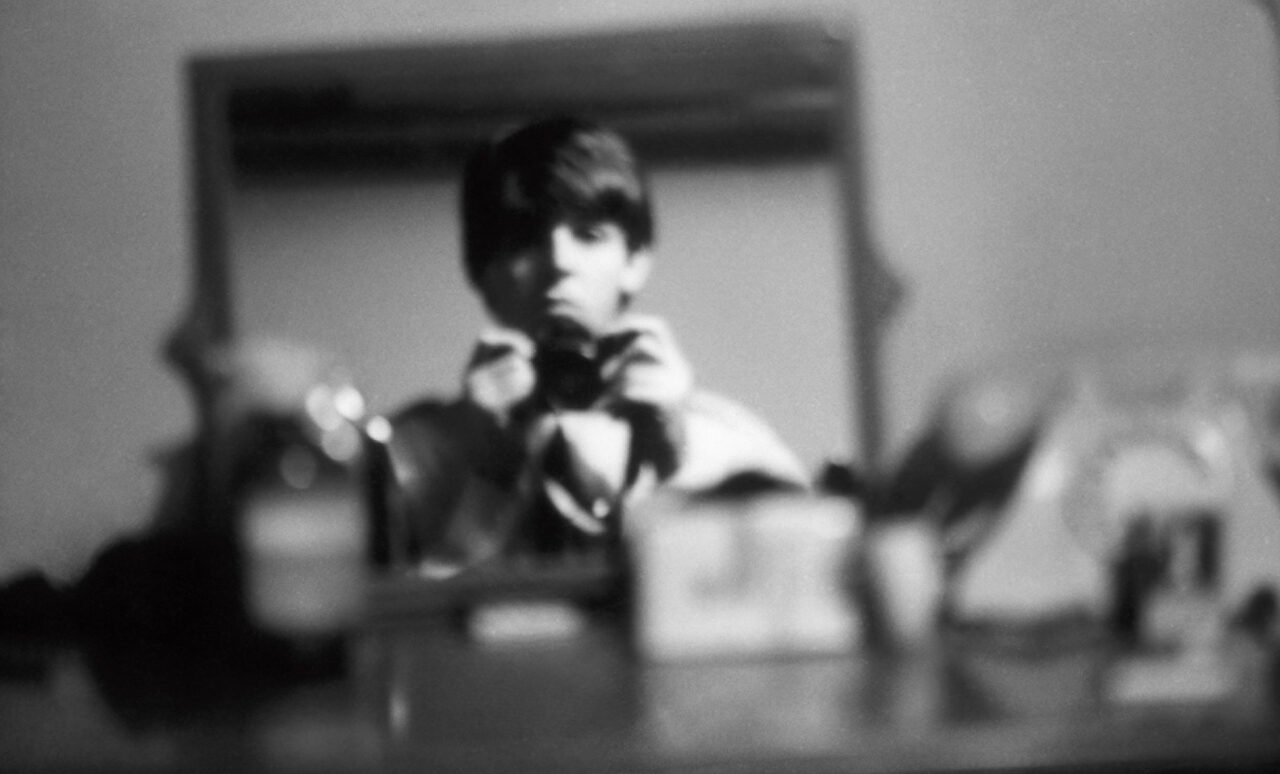
The allure of this exhibition is that it takes you into the heart of what was probably the biggest cultural shift the world has ever seen and gives you some idea of what it must have been like to be there. It’s a good choice for one of the first shows in the newly refurbished National Portrait Gallery as it has broad appeal while also being a quality show. We are used to seeing and hearing about the Beatles, of course, but these photos flip the perspective. They are not the ones being photographed but the ones who are doing the photographing. It’s hard to imagine now as literally billions of photos are taken without much thought and most of them without much consequence, but as McCartney says in the introductory text, “The process was challenging. With each roll, you had only 36 images, which you had to get right because there wasn’t a second chance.”
In a cache of 1000 photos taken with a Pentax 35mm between November 1963 and February 1964, which McCartney rediscovered in his personal archive in 2020, 250 are displayed here. It charts the Beatles’ itinerary from Liverpool to London to Paris to the US, where their performances on the Ed Sullivan Show were watched by 73 million people and created a new era of fame.
It’s unsurprising that McCartney has a good photographic eye since top-tier creatives tend to be explosively creative in all directions. The shots are technically accomplished, candid, intimate, playful and fun, capturing his bandmates “goofing around” to keep sane during an insane schedule. “George thought it was funny to put on two hats. And he was right,” says the commentary on one photo. The formal time of hat-wearing was over. The time of wearing two hats for a laugh had begun.
The photos taken as the Beatles arrived into JFK in New York after I Want to Hold Your Hand had gone to number one in the US capture the wildness of it. They have an immediacy that brings you into the mayhem: luggage handlers have to shield their ears from the screaming, as one of them mimes playing guitar at them to the amusement of his buddies. Amongst the crowd are three beauty queens and a chimpanzee, which adds to the surreality.
Footage of the chaotic press conference on their landing at JFK shows them at their quickest, most charismatic and witty, and also insightful. It’s easy to see how the world fell in love. “It’s not English, it’s Liverpudlian,” Harrison says when asked why their singing doesn’t sound English-accented. It’s amazing how fixated the journalists are on their hair and how shocking it seemed to them. Harrison says he had a haircut the day before to all-round amusement. “I think he missed,” retorts one journalist. The most interesting exchange is when they are asked what they think excites people so much about their music: “We don’t know, really,” McCartney answers genuinely. “If we did, we’d start another band and become managers,” quips Lennon. You can’t analyse lightning in a bottle.
What comes across in the pictures McCartney chooses to take in New York is the sense of a different world: there are so many advertising hoardings. As they travel across the country, the infectious hysteria is palpable: you can see there are hysterical fans, and then there are those who just want to see what all the fuss is about and get caught up, and this is how mania spreads. Some people just want an excuse to make noise. The policemen charged with holding back the young women look bemused but friendly.
As they arrive in Miami, the photos switch to colour, like a metaphor for how the Beatles turned the world from black and white into colour. Four haircuts and still never-bettered music were more revolutionary than any politics. There is a strange prescience to some of the photos of Lennon: one gives him two faces in an accidental double exposure; another makes him appear like he’s walking on water as he jumps in a pool, like a foreshadowing of his martyr-like death and deification by his fans. Lennon is the most shadowy of the presences here, something flitting and slightly apart about him. Harrison is the most photogenic, and Ringo is the most likeable. Lennon seems most alive when he’s playing music, unsurprisingly. The shots capture the tight-knit friendship of the group and the innocence of them at that time.
The thing that shows McCartney’s soul as an artist is a picture of an unknown man taken from the window of a train: “I was always imagining the lives of people I did not know, like this man in front of a train yard, whose story I will never know.” Even as all his dreams are coming true, his focus is on other people, not his own ego and success. It’s this that makes this such an absorbing exhibition, as well as being a record of a time where an unwieldy number of confluences (the music, the chemistry of the group, the need for release after years of post-war misery, the determination of their manager Brian Epstein) came together to create something extraordinary that will never be seen again. What a time to have been alive. The photographs are immediate and moving and the show makes you fall in love with the Beatles all over again.
Jessica Wall
Paul McCartney, Photographs 1963–64: Eyes of the Storm is at the National Portrait Gallery from 28th June until 1st October 2023. For further information visit the exhibition’s website here.









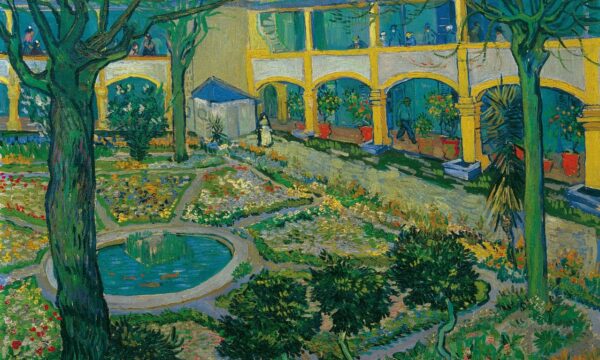
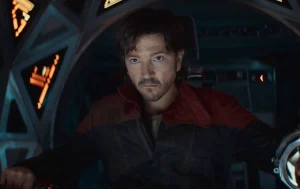
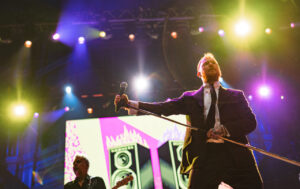


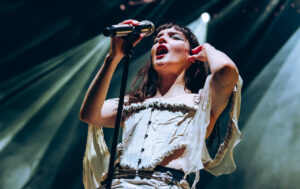
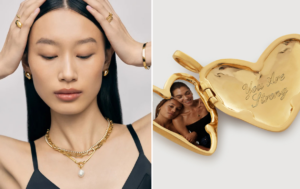
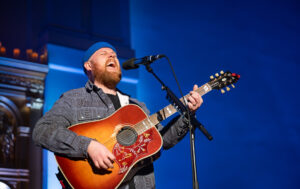
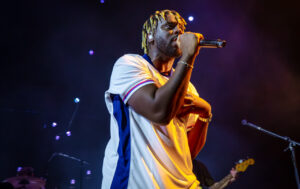
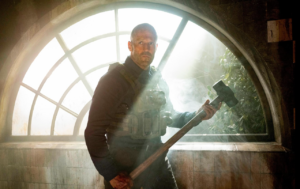
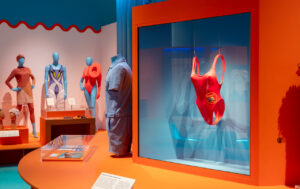
Facebook
Twitter
Instagram
YouTube
RSS